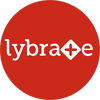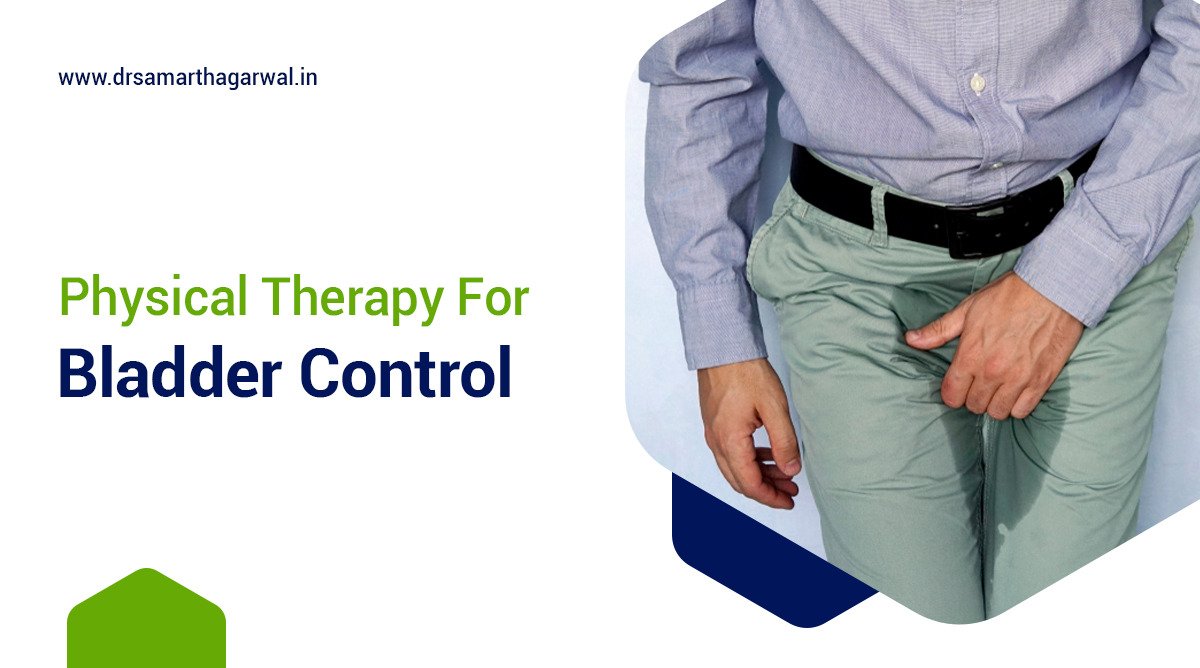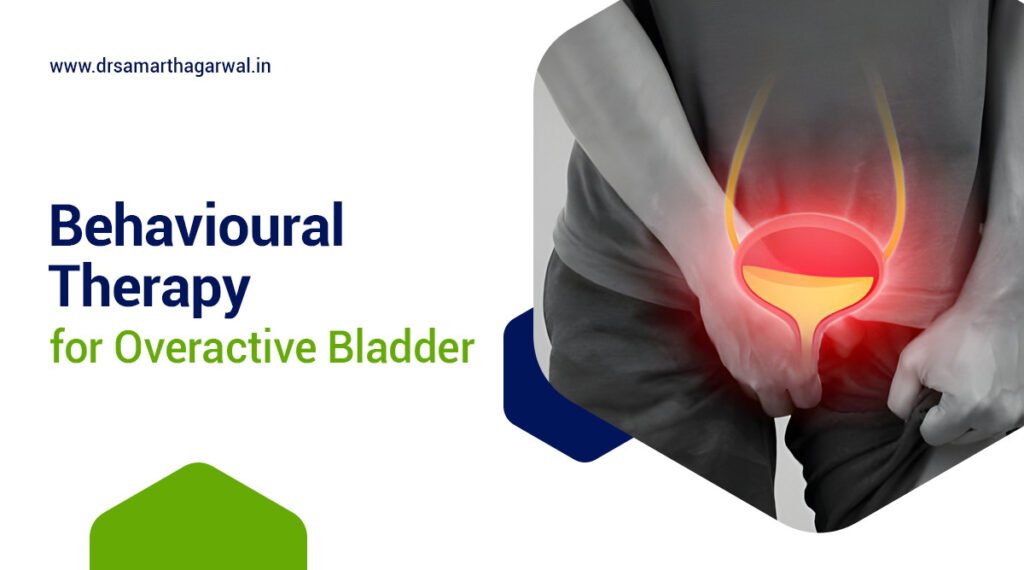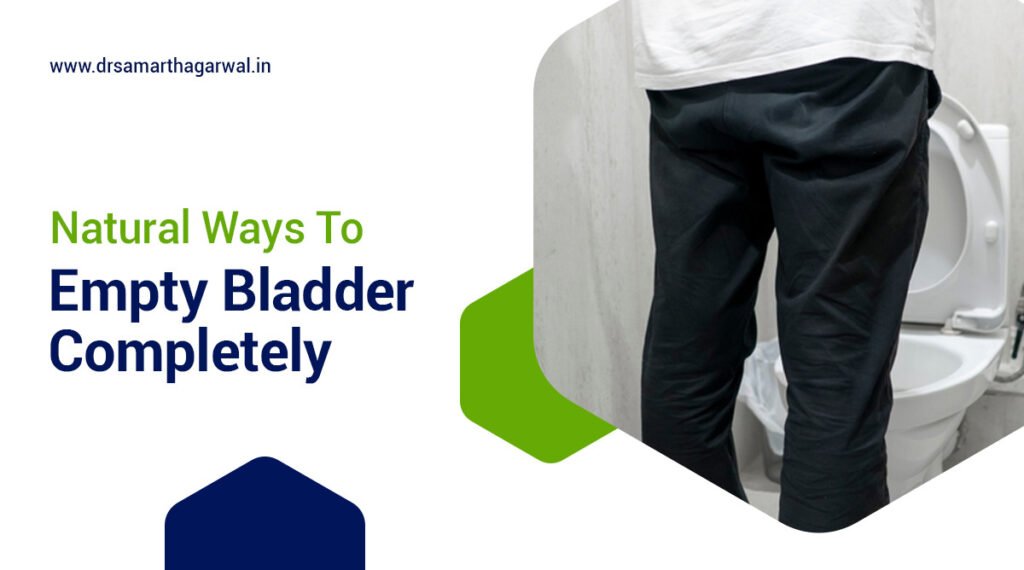Physical therapy is a treatment method that focuses on improving the body’s functions and movements to help manage bladder control problems. This type of therapy, also known as pelvic floor physical therapy, addresses issues such as urinary incontinence and overactive bladder by strengthening the pelvic floor muscles.
Individuals suffering from symptoms like sudden urges to urinate, accidental leaks, and frequent nighttime urination may benefit from this treatment. By undergoing pelvic floor physical therapy, patients can improve their bladder control, reduce their symptoms, and lead a more normal life.
Research shows that pelvic floor physical therapy is an effective treatment for bladder control problems. A study published in the National Institutes of Health found that strong pelvic floor muscle contraction can improve urethral closure and pelvic organ support, leading to better management of stress urinary incontinence.
You might also like: Treatment for Overactive Bladder in Males
Is there physical therapy for bladder control?
Yes, physical therapy is available for bladder control issues.
Physical therapy plays a crucial role in managing bladder control problems, particularly urinary incontinence (UI). A physical therapist can help you strengthen your pelvic floor muscles through exercises, which help provide support to the urethra and reduce urine leakage. This exercise is called Pelvic Floor Muscle Exercise (PFME) and is often recommended as the first line of treatment for UI.
Physical therapists may also use techniques such as timed voiding, fluid management strategies, and neuromuscular electrical stimulation (NMES) to address UI. NMES involves the use of painless electrical pulses to stimulate the nerves involved in bladder control, helping to control overactive bladder and urge incontinence. In some cases, implanted devices or removable plugs may be used to stimulate the sacral nerves.
Besides exercises and electrical stimulation, physical therapists may also help with lifestyle modifications, such as bladder training, dietary adjustments, and behavioral changes to manage UI. They may also work with you to address any contributing factors, such as constipation or obesity.
In addition to UI, physical therapy can also help with other bladder control issues, such as fecal incontinence, painful bladder syndrome, and interstitial cystitis. Physical therapists can also help manage the symptoms of bladder control issues in pregnant women and individuals with neurological conditions.
It’s important to note that the outcomes of physical therapy for UI have not been extensively reported, particularly for older females. However, research has shown that physical therapy can be an effective treatment for UI, with some studies indicating that it may outperform other treatment options, such as injections.
Physical therapy can be an effective treatment option for bladder control issues, such as urinary incontinence. Physical therapists can help you strengthen your pelvic floor muscles, manage your symptoms through lifestyle modifications, and provide you with the necessary tools to manage your condition. If you are experiencing bladder control issues, it’s important to consult with a healthcare provider, who may refer you to a physical therapist for further evaluation and treatment.
What Is the Best Exercise for Bladder Control?
Boost bladder control with ten easy exercises! Discover methods ranging from Kegel workouts to low-impact training and lifestyle adjustments that provide the best results for managing your bladder issues.
- Kegel Exercises
- Strengthen pelvic floor muscles, essential for bladder control.
- Involve squeezing and releasing the muscles in the pelvic area as if stopping the flow of urine.
- Perform the exercise 3 times a day, repeating 10 times for each session.
- Proper Sitting and Posture
- Reduces pressure on the pelvic floor muscles and potentially alleviates incontinence.
- Sit with your feet flat on the floor, maintain a straight back, and keep your knees at a 90-degree angle.
- Squats
- Increase the strength of the pelvic floor muscles, reducing the likelihood of incontinence.
- Squat by bending your knees while keeping your back straight, then return to the starting position.
- Bridges
- Strengthen the pelvic floor muscles and help prevent incontinence.
- Lie on your back, bend your knees, and lift your hips off the ground, then lower them back down.
- Avoid High-Impact Exercise
- High-impact exercises put additional pressure on the pelvic floor muscles, potentially worsening incontinence.
- Replace high-impact exercises with low-impact alternatives like swimming or cycling.
- Pilates
- Strengthens the core muscles and provides additional support to the pelvic floor muscles.
- This can help alleviate stress incontinence.
- Cut down on Caffeine
- Irritates the bladder and may worsen incontinence symptoms.
- Reduce caffeine intake, especially from coffee, tea, and energy drinks.
- Smoking Cessation
- Increases the risk of incontinence due to coughing and straining on the pelvic floor muscles.
- Quitting smoking can help improve bladder control.
- Healthy Diet
- A balanced diet can improve overall health and potentially alleviate symptoms of incontinence.
- Consume plenty of fruits, vegetables, lean proteins, and whole grains while limiting processed foods and sugars.
- Regular Check-ups
- A healthcare professional can provide personalized guidance and treatment options for incontinence.
- Regular check-ups help monitor progress and adjust treatment plans as needed.
How can pelvic floor physical therapy help with OAB?
Pelvic floor physical therapy helps manage symptoms of Overactive Bladder (OAB) by strengthening and coordinating the muscles of the pelvic floor, thus reducing episodes of urgency, frequency, and leakage.
The pelvic floor, a group of muscles, supports the organs in the pelvis and plays a crucial role in bladder and bowel function. In cases of OAB, these muscles become weak, leading to involuntary contractions and an increased sensation of urgency to urinate. By strengthening these muscles through various exercises, a pelvic floor physical therapist aims to improve bladder control.
The therapy consists of multiple components, including biofeedback techniques, bladder retraining, and specific exercises to isolate and strengthen the pelvic floor muscles.
Biofeedback devices help patients locate and properly activate their pelvic floor muscles during exercises. This allows for improved muscle coordination, and the strengthening of muscles that might have become weak over time due to poor habits, childbirth, or aging.
Bladder retraining focuses on establishing a regular urination schedule, helping individuals learn to empty their bladders at specific intervals throughout the day and night. This allows the bladder to stretch, increasing its capacity and reducing the overall frequency of bathroom visits.
Physical therapists may also teach additional strategies like dietary modifications, such as decreasing caffeine and alcohol intake, and maintaining a regular bowel routine to avoid constipation and further exacerbating OAB symptoms.
Does bladder therapy really work?
Bladder therapy, including bladder training, pelvic floor physical therapy, and certain medications like Mirabegron, can effectively treat stress incontinence and urge incontinence in some individuals. However, it’s essential to note that success varies from person to person. If bladder training does not work, it’s important to consult a doctor or urologist for alternative treatments such as surgery or nerve stimulation. Kegel exercises and behavioral therapies are often the first choice in managing an overactive bladder. Electrical stimulation has shown effectiveness in relieving overactive bladder symptoms, although its benefits may vary compared to placebo or Kegel exercises. Botox can help reduce urinary urgency and urge incontinence by relaxing the bladder muscle.
Can you train your bladder to hold pee?
Training your bladder involves a program that gradually increases the time between bathroom visits, allowing you to hold more urine comfortably. This is achieved through a regular bathroom schedule, pelvic floor exercises, and lifestyle modifications such as reducing fluid intake. The detrusor muscle of the bladder can be trained to stretch more, thereby increasing its capacity. This technique is known as bladder training and is effective in treating urinary incontinence.

If you are having trouble with controlling your bladder then you can consult with Dr. Samarth Agarwal.






